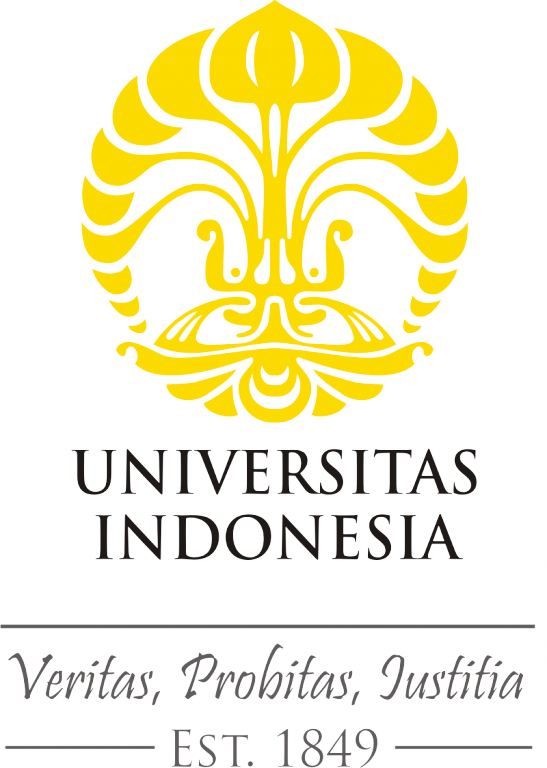
Universitas Indonesia


| Call Number | SEM-214 |
| Collection Type | Indeks Artikel prosiding/Sem |
| Title | The Personal Presence System - A Wide Area Network Resource for the Real Time Composition of Multipoint Multimedia Communications |
| Author | David G. Boyer, Michael E. Lukacs; |
| Publisher | Second ACM International Conference on Multimedia 1994 |
| Subject | |
| Location |
| Nomor Panggil | ID Koleksi | Status |
|---|---|---|
| SEM-214 | TERSEDIA |
The Personal Presence System (PPS) is an experimental prototype platform to support advanced Broadband applications including multimedia conferencing and distance learning. The PPS supports user presentation control of advanced network elements (multimedia bridges). The multimedia bridges are shared network resources which are designed for deployment in proximity to other switching and transcoding resources. The multimedia bridge provides for a single point of contact for each user so that only one combined video stream is received, thereby minimizing access bandwidth. This architecture solves the N squared transmission problem of multipoint video conferencing and allows customer premises terminal equipment to be much simpler and less expensive than high end desktop workstations. A conventional television with a set-top box may also be used as the terminal equipment for a multiparty multimedia teleconference, enabling universal video teleconferencing. The PPS provides each user with flexible presentation control of a feature-rich video bridge. Each user is able to control and customize the position. magnification and size of the video objects that they choose to receive. During the life time of a PPS session, a user can choose to receive new video objects and change how the objects are presented. In addition to supporting these basic video display capabilities, the PPS also supports advanced features such as object extraction from it's background and multimedia object associations. Multimedia associations allow a user to group together video objects into a meta-object for operations such as scaling, panning, and moving. A user can also control which other users in a session can receive the information that they are providing. This paper is a companion to another paper in this proceedings: "The Personal Presence System - Hardware Architecture"[1] which describes the advanced video bridge experimental prototype hardware that enables this service.